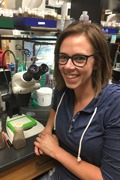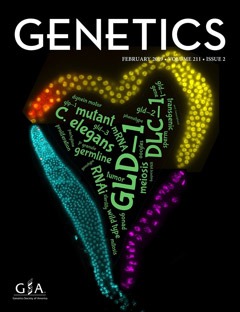Science Communication Resources
The following resources have been compiled by the Communication & Outreach subcommittee.
Why do scientific outreach?
Science is about generating and sharing new knowledge. It is motivated by real-life needs and goes a long way in finding solutions to everyday problems. However, how can science start helping society if what happens in research facilities remains a secret? Even worse, unclear messages lead to misunderstandings which affect the public’s confidence in science.
Therefore, as scientists, it is critical that we engage in outreach activities. This is how we can help others form a clearer view of the most recent advances or new discoveries which are relevant to their everyday lives. In turn, this helps people make more informed decisions on myriad subjects, including their daily groceries, the understanding of common diseases, or the development of new government policies and regulations.
What kind of outreach can scientists do?
Scientific outreach can come in many forms. For example, there are many organizations that host local activities with local audiences in schools or in universities. This is a great way to start because you are familiar with the local problems and the way of thinking in your community, which allows you to reach them better. Specific examples of these activities are science fairs in which we can host scientists who disseminate their research, hands-on science workshops for children, or weekly conferences that disseminate important scientific papers.
Another option is to use technology to reach larger audiences. Social networks and blogs allow for the rapid dissemination of ideas, since we tend to spend so much time online. In turn, this can also help you connect with other scientists interested in doing outreach, enabling you to work together and organize events.
Not sure where to start? The following lists offer some great introductory resources.
Workshops, Conferences & Training Opportunities
AAAS Mass Media Science and Communication Fellowship
Alda Center for Communicating Science
Art of Science Communication
ComSciCon
The Open Notebook
International outreach opportunities
Droso4schools
ScienceClubs (Mexico, Peru, Paraguay, Brazil)
Skype a Scientist
Soapbox Science
Pint of Science
K-12 Outreach
4H Programs
Droso4schools
DNA Day
Letters to a Pre-Scientist
Science Bites
Skype a Scientist
Soapbox Science
Adult Science Outreach
Pint of Science
Soapbox Science
Taste of Science
Twitter and social media:
ASAPScience – queer science communicators
Communicating Science with Social Media
How to use twitter as a scientist
Social Media for Scientists
Social Media for Scientists: Tips from ASCB
Podcasting (& science podcasts):
Genetics in Your World
Got Science?
How to start a podcast: guide
Lessons learned from making a science podcast
Ologies
Radiolab
PhDrinking
Science Vs
Starting your podcast: A guide for scientists
This Podcast Will Kill You
Science Writing:
Avengers Assemble! Using pop-culture icons to communicate science
Club SciWri
Frontiers in Young Minds
Journal of Emerging Investigators
Massive Science
NPR Scicommers
SciComm Toolkits
Science Trends
The Conversation
Resources from workshop participants:
#SciEngage webinar AAAS
Art the Science
Brazilian virologist and scicommer
Curious Science Writers
Coursera: Speak so that people will listen.
Decoding Life
Engage Science
Evaluating Science Communication article
Genes to Genomes: Education
German scicomm blog (Das Gen der Woche)
Next Gen PhD book
Public Understanding of Science journal
ReproducibiliTea Journal Club
Science Club
Science Communication blog example for undergrads
Science Communication journal
Science Communication Masters Program, Laurentian University
Stanford at the Tech
Women in Science, Brazil
XKCD: Coronavirus name comic



